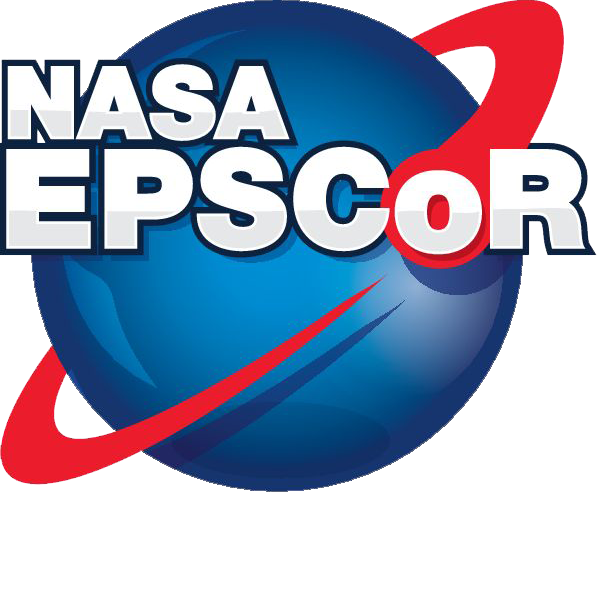
Autonomous Structural Composites for Next Generation Unmanned Aircraft Systems
Science Principal Investigator: Donghyeon Ryu, Assistant Professor, Dept. of Mechanical Engineering, NMIM&T
In this proposed study, PIs will devise autonomous structural composites capable of self-powered delamination detection in FRP composites and harvesting energy. The autonomous composites will be fabricated by embedding multifunctional thin films into structural FRP composites. The multifunctional thin films will be designed to perform self-powered strain sensing as well as energy conversion of ambient vibration to electrical energy. Research objective is three-fold. First, the copper-doped zinc sulfide (ZnS:Cu)/poly(3-hexylthionphene) (P3HT)-based multilayered thin films will be designed and optimized through theoretical and experimental studies. ML light emission of the ZnS:Cu-based layer and the photoactive P3HT-based layer will judiciously designed to exhibit multifunctional capability. The material and geometric design of the multilayered thin films will be optimized through in-depth studies for enhancing sensing capability, energy conversion efficiency, and micro-/nano-mechanical performance. Second, autonomous structural composites will be fabricated by embedding the designed ZnS:Cu/P3HT-based thin films into FRP composites. Multifunctional capabilities (i.e., self-powered delamination detection and energy harvesting) of the autonomous structural composites will be validated under space environmental effects (e.g., thermal gradients, space radiations, and blast, among some others). Last, Aerostructures Test Wing (ATW) will be fabricated using the developed autonomous structural composites to be tested at Flight Loads Lab (FLL) at NASA Armstrong Flight Research Center (AFRC) using Ground Vibration Test (GVT) setup. The autonomous delamination detection capability of the autonomous ATW will be validated through vibration-based SHM framework (e.g., natural frequency shift and mode shape changes) in mid-range vibrational loadings. Furthermore, energy harvesting capability of the autonomous ATW will be validated under ambient vibrations. Space environmental effects will be studied on the performance of the autonomous ATW in the state-of-the-art facilities at FLL at NASA AFRC.
Articles: Glowing under strain
